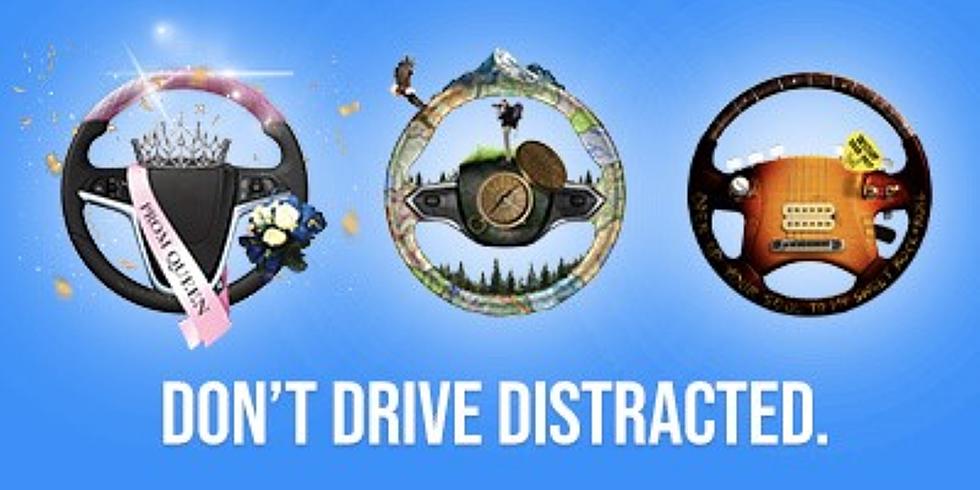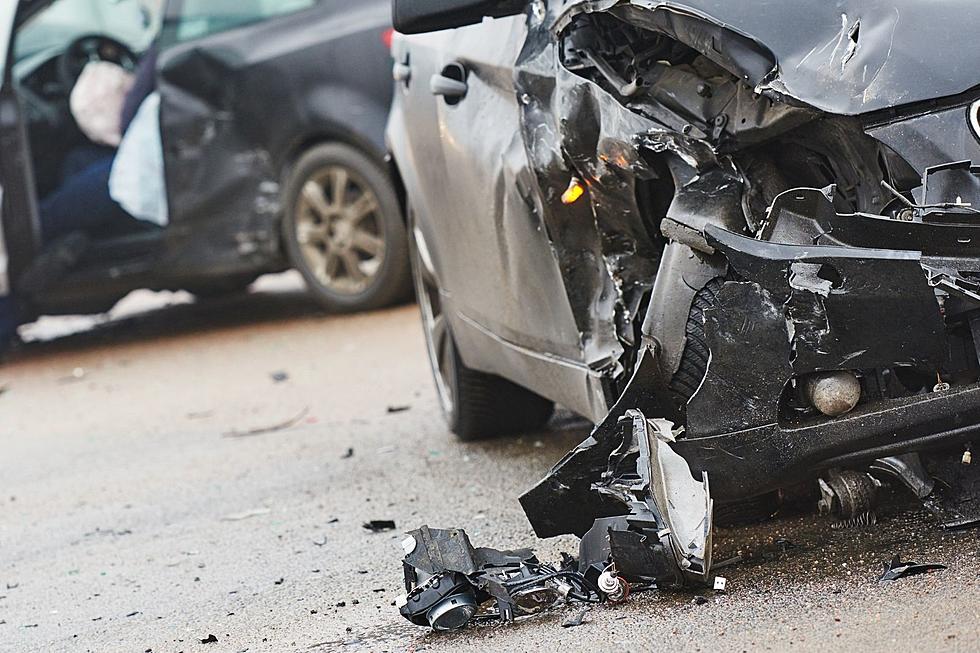
What 6 things cause the most teen driver crashes?
Parents and teens are being reminded both during this week's National Teen Driver Safety Week, and throughout the year about just how deadly the combination of distractions and inexperience can be on New Jersey roadways.
(Pawel Gaul, ThinkStock)
"We really need to get back to basics and get people to understand that when they are operating a motor vehicle, that is their only task at hand," said Tracy Noble, spokesperson for AAA Mid-Atlantic.
The good news is that teen-driver related injuries and fatalities are declining a bit. Between 1994-2013, the number of people injured and killed annually in crashes involving teen drivers declined by 51 percent and 56 percent, respectively. The reasons aren't completely clear, but some research has credited stronger Graduated Driver Licensing laws and the economic recession of 2008.
The bad news is that motor vehicle crashes continue to be the leading cause of death for U.S. teens. Even more concerning is that distracted driving is a major risk factor, despite the campaigns and efforts to raise awareness about its dangers.
"I think they're starting to get the message, but there's still too much of it on our roadways," Noble said.
According to a March study by AAA Foundation for Traffic Safety, distraction was a factor for teen drivers in 58 percent of all crashes studied, including 89 percent of road-departure crashes and 76 percent of rear-end crashes.
The most common forms of distraction leading up to a crash by a teen driver included:
- Interacting with one or more passengers - 15 percent of crashes;
- Cell phone use - 12 percent of crashes;
- Looking at something in the vehicle - 10 percent of crashes;
- Looking at something outside the vehicle - 9 percent of crashes;
- Singing/moving to music - 8 percent of crashes;
- Grooming - 6 percent of crashes.
The immediacy of social media is especially dangerous and distracting because teens often do not want to miss something their friends posted on Facebook or Instagram.
"The reality is they're going to miss the rest of their life if they do see it right now and cause a crash," Noble said.
Extra passengers in teen cars prove to be extremely hazardous.
A teen driver's fatality risk increases with each additional teen passenger, according to a AAA Foundation for Traffic Safety study released in May 2012. Compared to driving with no passengers, a 16- or 17-year-old driver's risk of death per mile driven:
- Increases 44 percent when carrying one passenger younger than 21 (and no older passengers);
- Doubles when carrying two passengers younger than 21 (and no older passengers);
- Quadruples when carrying three or more passengers younger than 21 (and no older passengers);
- Decreases 62 percent when a passenger aged 35 or older is in the vehicle.
The awareness campaign also puts the onus on parents to be more engaged with their teen's driving not only during the learning process, but once they are licensed as well.
"The single most important step a parent can take to protect the life of their teen driver is to be actively involved," said Noble. "Parents should educate their teens about the dangers of cell phone use while driving and restrict passengers during the learning-to-drive process, as well as set a good example by limiting potential distractions while driving themselves."
They recommend that parents go driving with their teens in all kinds of different driving and weather scenarios to equip them to handle adversity on the road.
"So that they are not alone experiencing those things for the first time," Noble explained.
More tips for parents on how to help their teens stay safe on the road can be found at TeenDriving.AAA.com. National Teen Driver Safety Week runs until Oct. 24.
More From 92.7 WOBM










